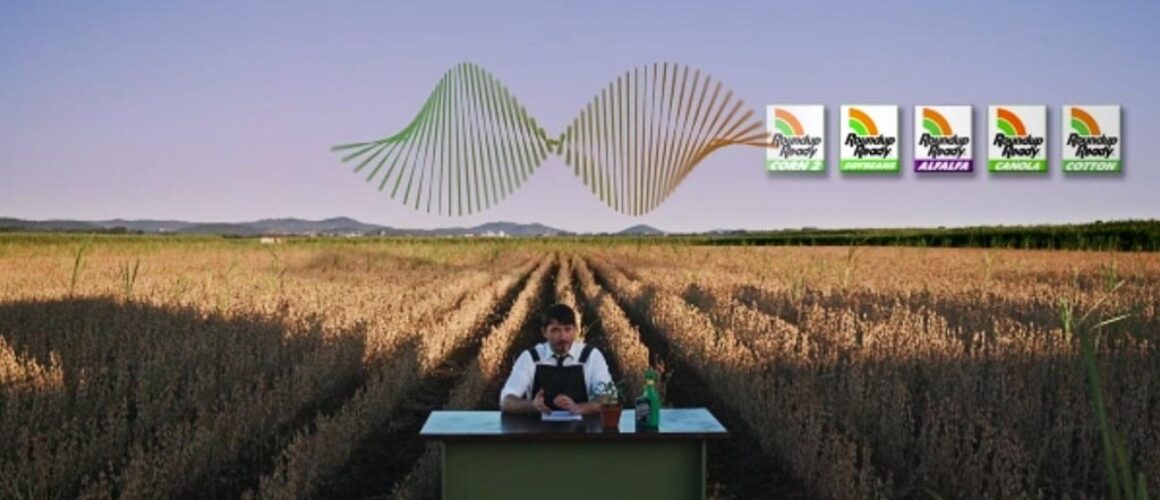Video: The Dominance of Monsanto’s Roundup and What It Means to Our Health
More news this week that Monsanto is upping its offer for Syngenta, in an effort to try and strengthen its image and its business. It’s no wonder. With the World Health Organization labeling glyphosate—RoundUp’s key ingredient—as a probable carcinogen, things aren’t looking so good for Monsanto lately. On top of that, the World Health Organization is now looking into another treatment that is used on our food crops. How many of these synthetic chemicals can our food supply withstand? What do they do in combination? And what is it doing to our farmers, their families, their farms and our food?
We tend to have a one-sided conversation in the press here. But in the U.K., it’s a different story. The Guardian recently ran a video that caught our attention. The gist of it? Why are we letting a company known for its deadly chemicals control our food?
The Undercurrent—an online news show billing itself as an antidote to the five-second soundbite—dives into the world of mass agriculture to ask how one company has such huge control over the world’s food supply. The name Monsanto was once synonymous with Agent Orange as well as other dangerous chemicals.
Right now, the company is doing everything it can to spin itself as a bee-loving, food loving entity. But one look into their financial statements and their forward looking statements tells another story.
Today it’s the dominance of the pesticide RoundUp—and GMO seeds designed to withstand RoundUp—which keeps the company on top of the financial heap.
With the World Health Organization labeling glyphosate—RoundUp’s key ingredient—as a probable carcinogen, things aren’t looking so good for Monsanto lately. Take a minute to watch the video below.
